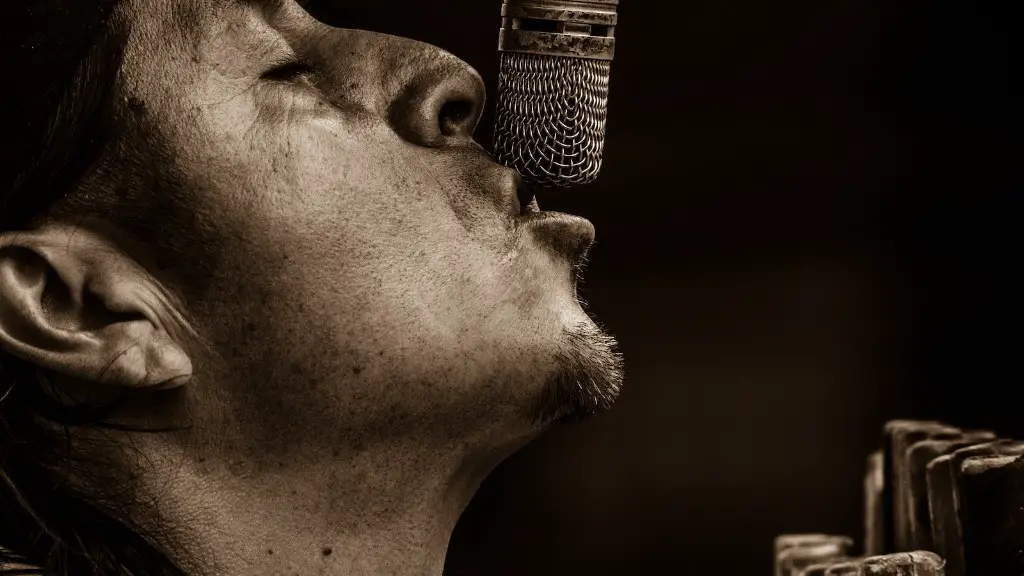Wars can be one of the most complex and difficult topics to draw, but with the proper dedication and creativity, it can be a unique and beautiful work of art. Drawing wars takes its own special imagination, as it demands a distinct set of skills to capture the magnitude and emotion behind a global conflict. Here are a few tips on how to draw war:
Be Intentional With Color
One of the most important aspects of creating an effective war scene is color. When drawing battle scenes, use warm, alive red, yellow, orange and brown hues to instill a strong sense of intensity and emotion. Additionally, if the conflict is related to a specific nation or military, incorporate the corresponding colors into the drawing to further emphasize the symbolism and intent. By properly communicating your thoughts through the use of color, you can accurately capture the impact of a war.
Be Precise with Details
When drawing war scenes, precision is key. Make sure all the parts of your drawing are accurately drawn and depicted. Pay attention to the details of military outfits, weaponry, armor, tanks and aircrafts – all of these elements can add to the authenticity of your wartime scene. Draw the smoky atmosphere or explosion effects, or add a fiery sunset in the background to further add to the depth and accuracy of your piece.
Incorporate Realistic Emotions
War is a complex emotion and should be depicted as such. When drawing wars, strive to capture the emotion behind the conflict, from both perspectives. Aim to highlight emotions like fear, despair, pain, hope, urgency, courage and love. Incorporate this emotion into your drawing by combining the power of facial expressions, body language and dialogue. By including these elements, you can better instill more life and intensity in your wartime scene.
Research Your Drawings
When you draw war, it’s important to make sure you are as accurate as possible. To do that, it’s important to gather sources to thoroughly research the topic. Through this research, you can make sure you accurately represent the era and location of the war, whether it’s the Battle of Waterloo, World War I, or the Civil War. Additionally, you can also examine the uniforms, weapons, and other equipment used in the battle at the time, in order to make sure everything is accurate and precise.
Focus On The Storyline
The purpose of drawing war is to communicate the story behind it. Focus on the narrative aspect and try to draw a storyboard, featuring individual frames and scenes that accurately depict the story of the war. Focus on the psychological, social, and political implications of the war, and depict it through your drawing. The story you choose to tell will largely depend on the theme of the drawing, so make sure the story complements the scene you are trying to create.
Develop Explanatory Titles
Finally, it’s important to think of an appropriate title for your drawing. The title should accurately represent the war and the emotions behind it. The title should also be purposeful and convey a message, whether it’s calling for peace and unity, an ode to soldiers, or even a criticism of war. Whatever you decide the title to be, make sure it lives up to the powerful message your drawing is trying to convey.
